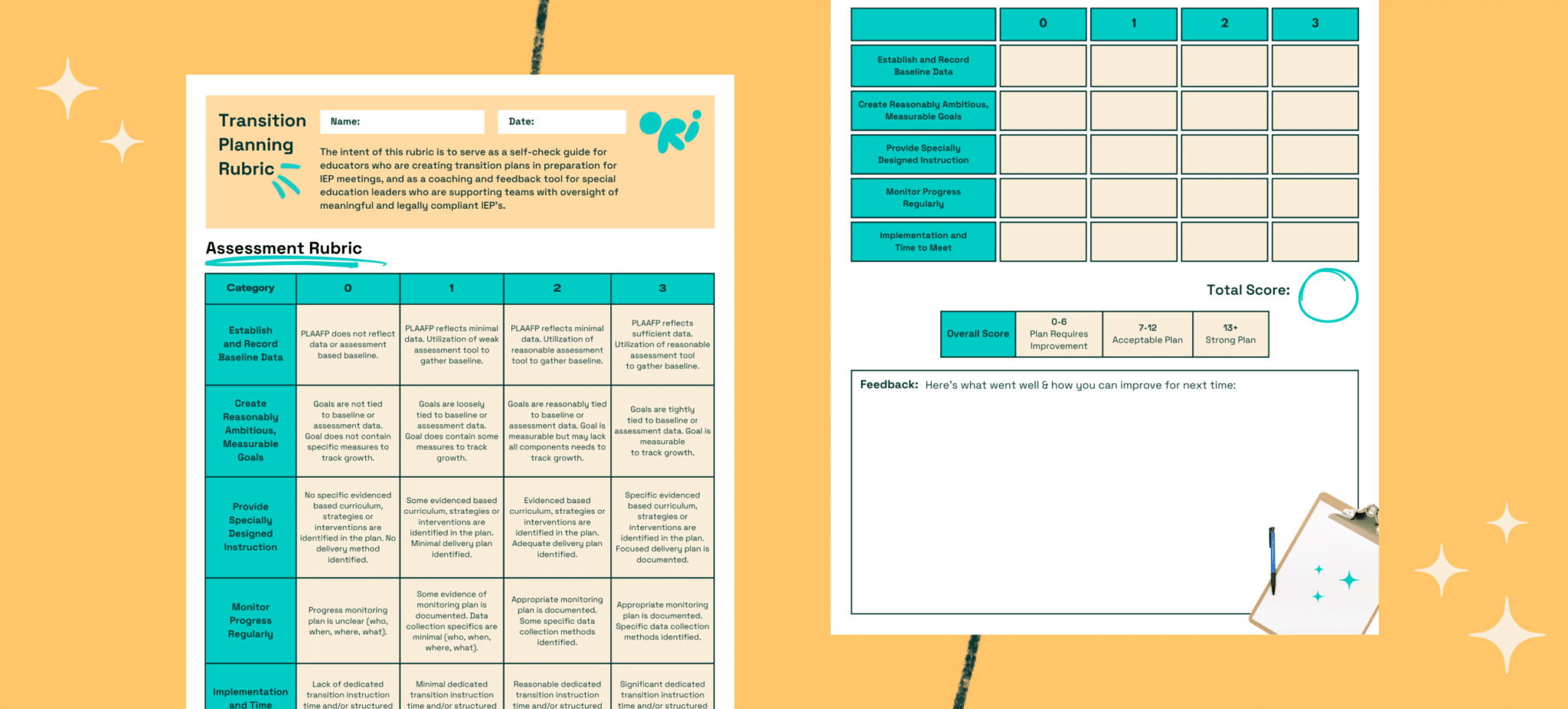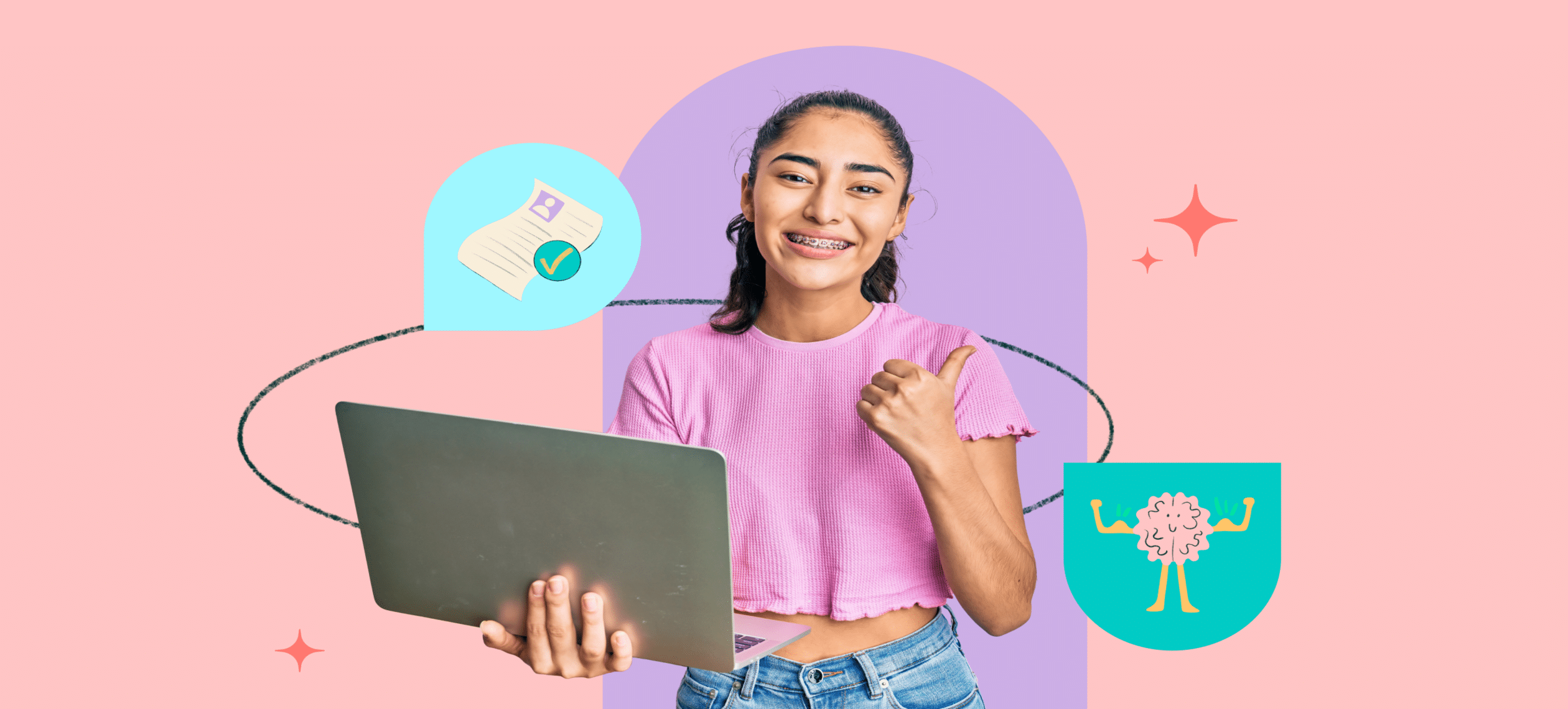
Elements of a Successful Transition Curriculum for Special Education


Key takeaways:
The transition assessment process should involve not only the student but also their family and any other relevant professionals, such as rehabilitation counselors, teachers, or occupational therapists. Families and caregivers play a significant role in supporting student transition and they can also provide valuable insights into students’ needs, preferences and aspirations.
Continuous and open communication between all parties involved in the IEP transition planning process ensures that the goals set for each student are both meaningful and achievable.
Once individualized goals have been set, the next step is to utilize a curriculum that helps students achieve these goals. This may involve teaching life skills, such as personal care, budgeting, and home management, as well as vocational and soft skills, such as computer skills, workplace etiquette, and study skills.
It is important to provide students with opportunities to practice these skills in real-life situations, such as through job shadowing, volunteer work, and internships. This will help them build confidence and gain valuable experience, making them more prepared for the challenges they will face in the future.
To get a better sense of how skill development can work as part of your transition curriculum, we’ve prepared a selection of free lesson plans you can browse below:
One of the most important elements of a successful transition curriculum is community engagement. This means creating opportunities for students to connect with and participate in the community, both inside and outside of the school. For example, this may involve volunteering, participating in local events, and joining clubs and organizations.
Another important element is experiential learning. This type of learning involves hands-on experiences and helps students to apply their skills and knowledge in real-life situations. For example, a student who is interested in cooking may participate in a culinary arts program, where they will learn about cooking techniques, food safety, and kitchen management.
Both community engagement and experiential learning provide students with opportunities to build relationships, develop their independence, and become more self-sufficient. These experiences can also help students to develop a sense of purpose and a connection to their community, which are important components of a successful transition to adulthood.
For students who wish to continue their education after high school, preparation for post-secondary education should be a key component of the transition curriculum. This includes teaching students about different types of colleges, vocational schools, and other post-secondary options. Additionally, students should learn about the college application process, financial aid, and other aspects of post-secondary education.
To maximize the success of your curriculum, you should also break it down into distinct phases with specific timelines. You can have phases for skills development, career exploration and post-secondary planning or anything else that fits the student’s IEP objectives. Regardless of how you structure the curriculum, having well-defined timelines for each stage is vital for helping parents, students and educators understand the progression.
Many successful curricula also enhance student transition by involving specialist services. These are organizations who specialize in providing individuals with disabilities with guidance, access to resources and expertise in areas of employment and post-secondary education.
Get the best return on your SEL investment with Ori Learning’s solution
Finally, it is essential to regularly monitor and evaluate the success of the transition curriculum. This will help to identify areas that need improvement and to make any necessary adjustments to the curriculum.
The evaluation process should involve not only the teachers and administrators but also the students and their families. This will provide a more comprehensive picture of the impact of the curriculum and will ensure that it remains relevant and effective over time.
Consider what progress-tracking measures are in place in your current learning environments and whether they provide an accurate and comprehensive picture of how students are doing. Effective transition support relies on having the most up-to-date data on student progress.
Discover a few short, practical steps to creating short-term objectives that help educators meet their students’ IEP goals.

A growing number of research papers and case studies serve to demonstrate the effectiveness of transition planning in preparing students for post-secondary success. Some key findings include:
The goal is to prepare students for independent living, employment, and further education by developing necessary skills and experiences.
Skills development, community engagement, experiential learning, and preparation for further education are essential components.
Studies show transition planning can increase employability and academic achievements, contributing to higher college GPAs and employment rates.
A robust transition curriculum empowers special education students to navigate the complexities of adulthood successfully. By emphasizing personalized IEP planning, skill development, community engagement, and experiential learning, educators can significantly enhance the readiness of their students for independent living, employment, and post-secondary education.
Here at Ori Learning, we’ve tailored a solution that checks all the boxes. Request a free demo of our platform to experience first-hand its powerful accommodation and translation features, automated reporting tools and intuitive design, and make a proactive step towards optimizing your special education transition curriculum.